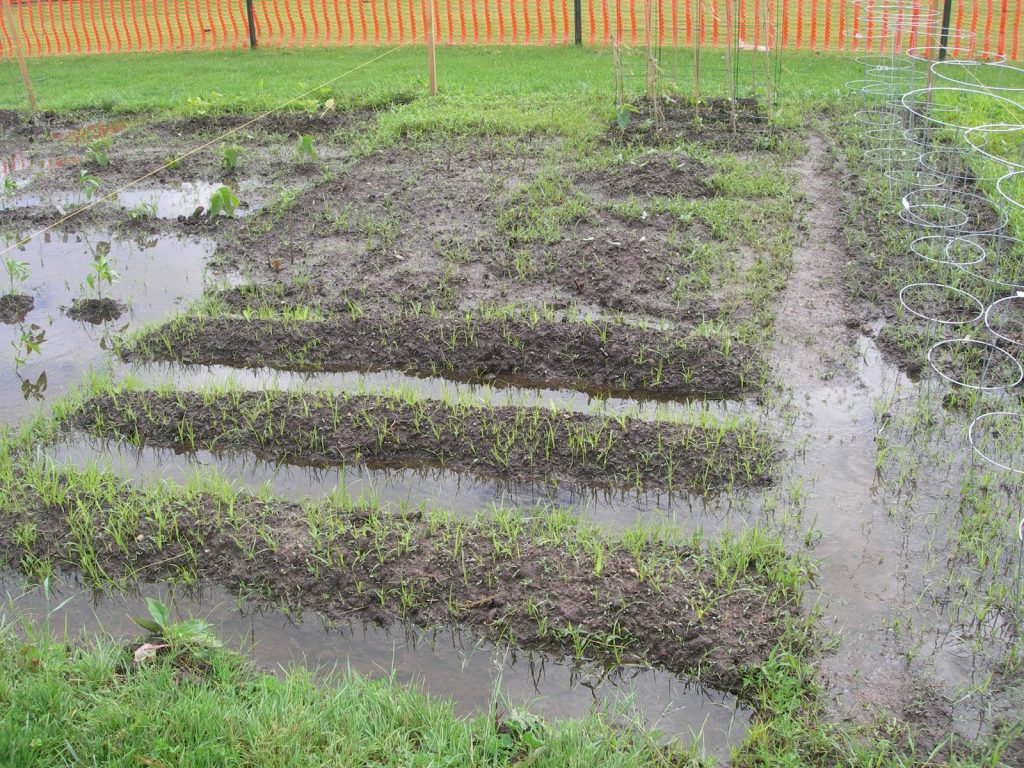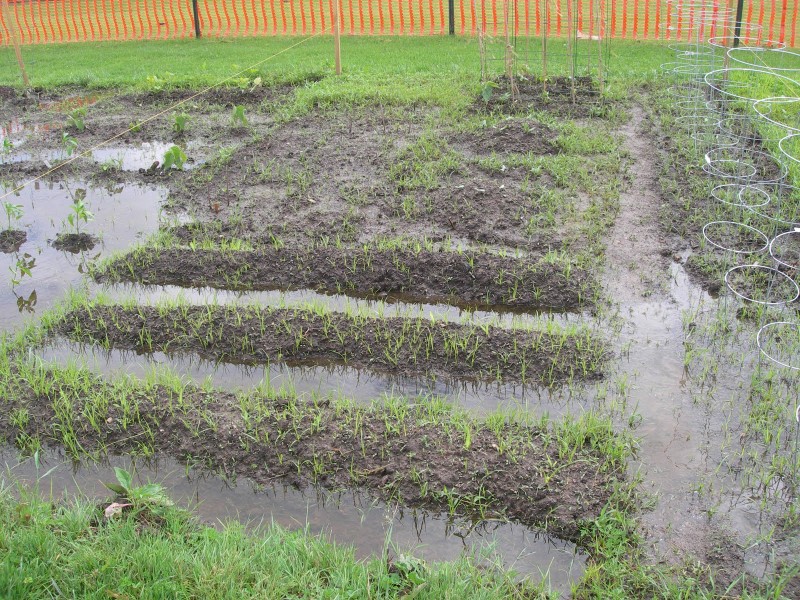
As a homeowner, you should be aware that your sand mound defines the health and safety of your property. A well-maintained sand mound means you are able to have regular pump outs and you use your drains and toilets properly. Many homeowners forget that their garbage disposal units do not change the composition of the plastics and grease they dump into their drains. These substances will remain non-biodegradable when they make it into the sand mound’s tank. The resident anaerobic bacteria won’t be able to break them down anymore so they just remain in the tank and eventually clog the filters. They even travel to the soil absorption area and clog everything there as well. Harsh chemicals also contribute to the clogging of a sand mound system. Strong cleaners kill off resident bacteria in your sand mound and this stops the wastewater treatment process. Making your sand mound area into a storage facility, a parking lot, or a driveway will compress the soil. The heavy weight on top of your sand mound will crush the sand mound components and this will block the normal pathway of the wastewater. The cracks produces by the damage will also introduce additional water load and sediments into the system, blocking the process of treatment. Tree roots also block sand mound systems. They are very invasive and persistent. They grow into the sand mound system and block the flow of wastewater. When the sand mound system is blocked, there is wastewater flooding, overflow, and backup.
Calcium sulfoaluminate or ettringite also blocks the sand mound system. This white substance is brought about by the anaerobic digestion of the thiocillus bacteria. Thiocillus bacteria poduce hydrogen sulfide gas, which migrates to the headspace above the water line. Then the gas combines with oxygen. The interaction results to sulfuric acid. The acid forms ettringite, which corrodes the cement reinforcement. Once the reinforcement is eaten away, the metal components are next. The metal elements acquire cracks that invite debris and excess water inside the system. There are sand mounds that are made of cement that tolerate sulfuric acid so they don’t deteriorate. Others are not made with those brands of cement so they tend to degrade sooner.
The only thing you could do to remedy the ettringite blockage is to transform your sand mound system into an aerobic system. An aerobic system requires aeration. You could talk to your septic expert so that you could have one property installed in your sand mound. When there is a lot of oxygen introduced into your sand mound system, the hydrogen sulfide gas will have no chance of occupying that headspace. Sulfuric acid will no longer be produced. Bonus to this is that more aerobic bacteria will be encouraged to grow, allowing for more effective purification of the effluent. With calcium sulfoaluminate out of the way, your sand mound will last for decades more.
